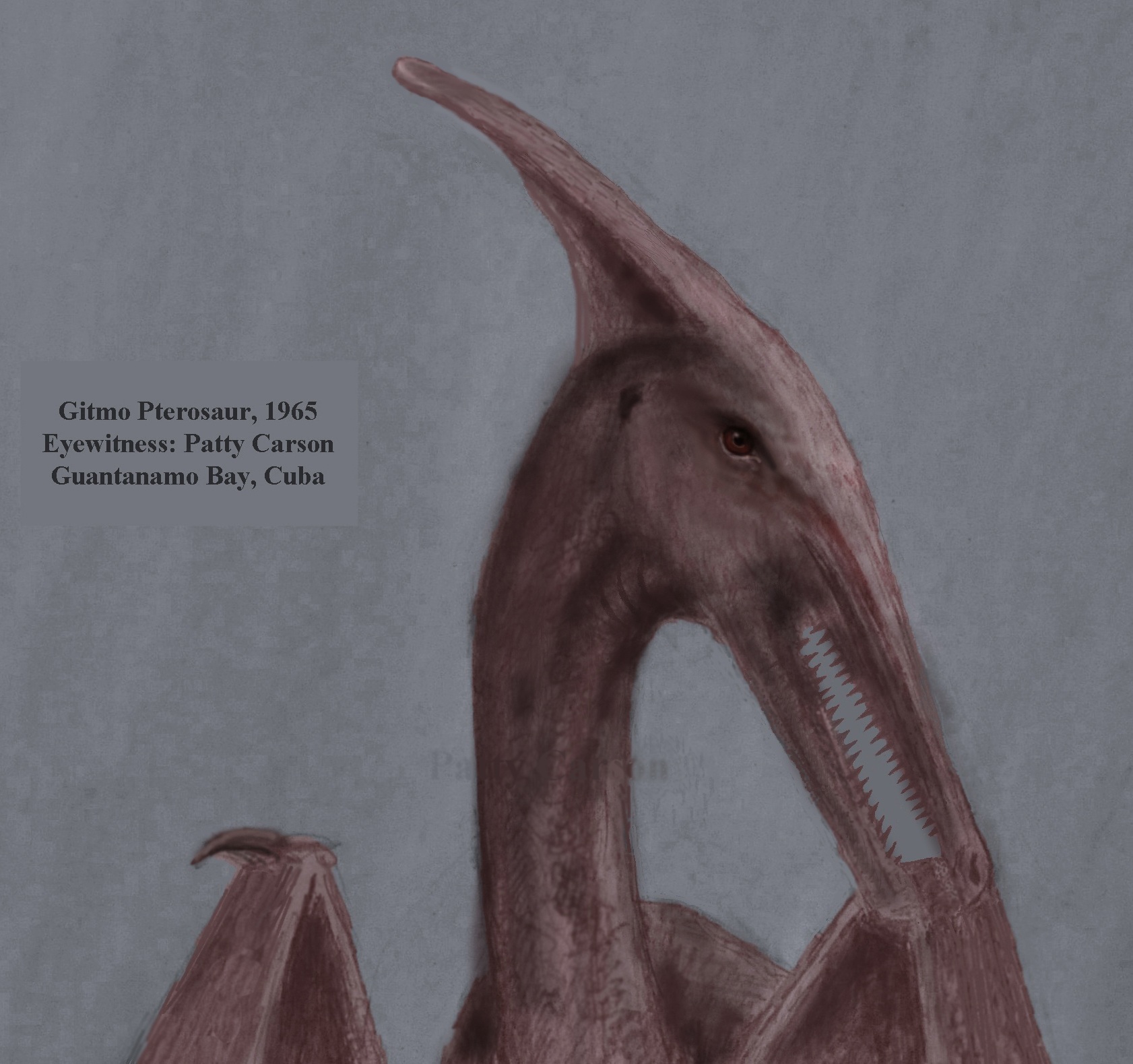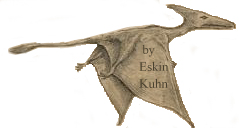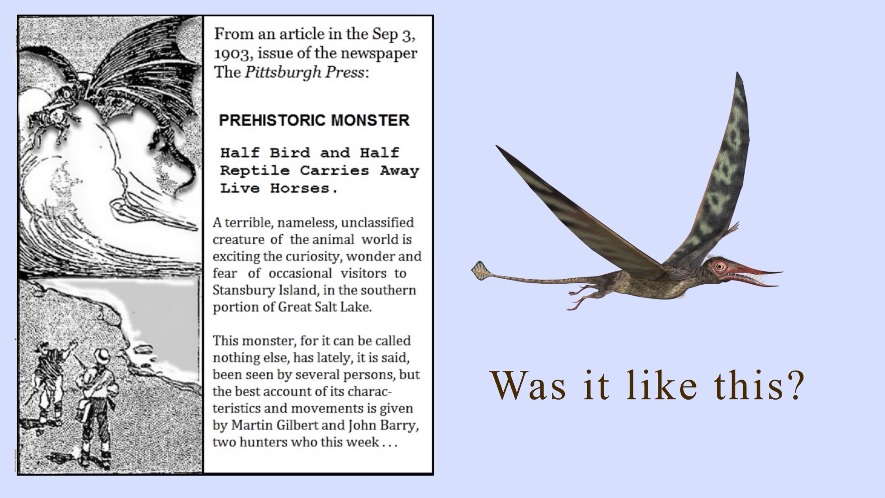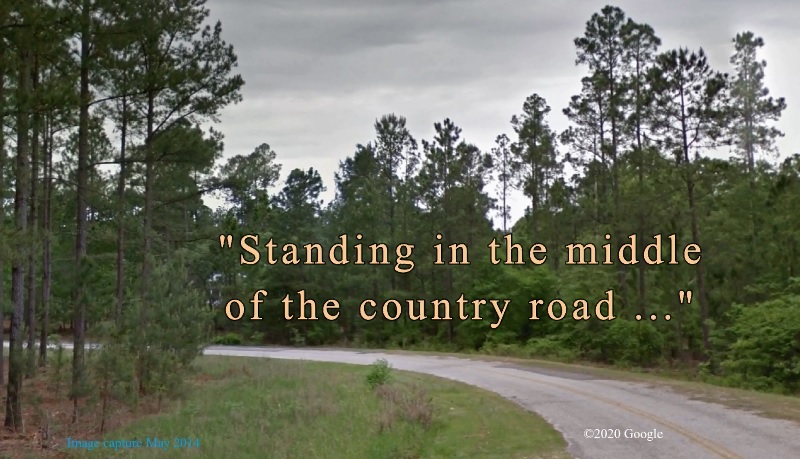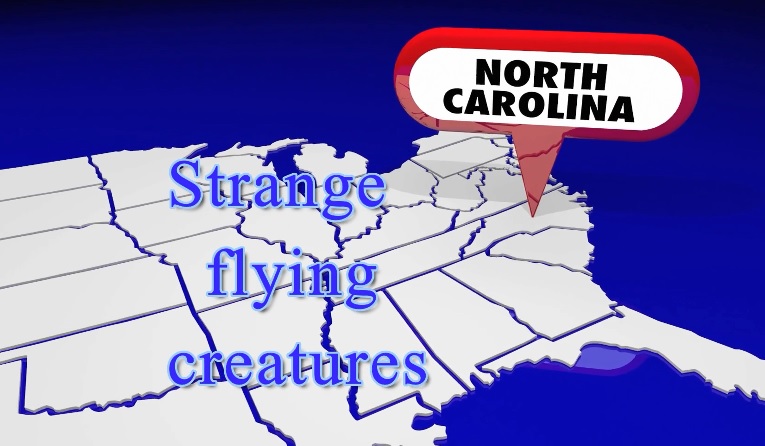By the investigative journalist Jonathan Whitcomb
The following are the words of an eyewitness who sent me an email in mid-2021, although this is only an excerpt:
. . . My sighting was in June of 2014 heading north from Laredo, Texas, between Laredo and Austin. At that time I was working as a truck driver for an “expedite delivery company”.
It was approximately 6:15 a.m. and I was off the major highway on a back road where the terrain was mostly ranches and openness with tall trees scattered about the sides of the road.
As I’m driving it is already early daylight and from the left side of the road about 30-50 feet high I see this not large but ENORMOUS creature glide, not fly, from the tall trees from the left side of the road to tall trees directly on the right side. . . .
The creatures wingspan I can only guesstimate was between 15-25 feet across. There were no feathers and its body looked more like skin or membrane like a bat. The creature did not flap its wings during its flight across to the other side of the road that I saw.
It looked almost exactly as the sketch from the man who drew what he saw in Cuba in the 1970’s. The long beak, crest at the back of its head. The creature had its mouth closed during its short flight so I do not know if it had teeth or not. The tail was very very long, but I do not recall seeing a spade or any defining shape at its end. My total visual contact was only about 4-5 seconds.
###
.
The large nocturnal long-tailed featherless flying creature called “ropen”—that apparent pterodactyl is observed worldwide, in many nations of the earth.
.
Pterodactyl sighting in Marion County, Texas
He estimated the wingspan at 4 1/2 to 5 feet with a long tail that had a “diamond type shape” at the end [Update: See other posts on the ropen]. The creature had leathery skin rather than any hair or feathers.
.
Ropen sightings in the United States
Youtube video on the channel Protect Animal Life
.
. . . an animal suddenly flew from the right, just over the front of her car. Although alone, she yelled, ‘What the — what — what is that?’ She was stunned.
.
Many years ago, a native fisherman in Papua New Guinea was attacked by what his people call a “kor”. Many years before that attack, apparently, the natives stopped fishing at night because of the danger from those flying creatures.
.
Getting specific, what some particular eyewitnesses have observed in Texas are not fossils, and the correct general name for the flying creature is “pterosaur,” not “pterodactyl,” but why could they not live in Texas? With plenty of space to hide in the day, nocturnal flying predators could roam the skies at night, rarely seen by humans . . .
.



